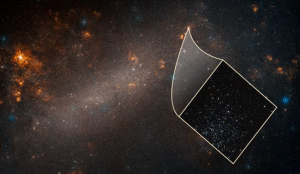There’s a puzzling mystery going on in the universe. Measurements of the rate of cosmic expansion using different methods keep turning up disagreeing results. The situation has been called a “crisis.”
The problem centers on what’s known as the Hubble constant. Named for American astronomer Edwin Hubble, this unit describes how fast the universe is expanding at different distances from Earth. Using data from the European Space Agency’s (ESA) Planck satellite, scientists estimate the rate to be 46,200 mph per million light-years (or, using cosmologists’ units, 67.4 kilometers/second per megaparsec). But calculations using pulsating stars called Cepheids suggest it is 50,400 mph per million light-years (73.4 km/s/Mpc).
If the first number is right, it means scientists have been measuring distances to faraway objects in the universe wrong for many decades. But if the second is correct, then researchers might have to accept the existence of exotic, new physics. Astronomers, understandably, are pretty worked up about this discrepancy.
Read more HERE
Ask me anything
Explore related questions





